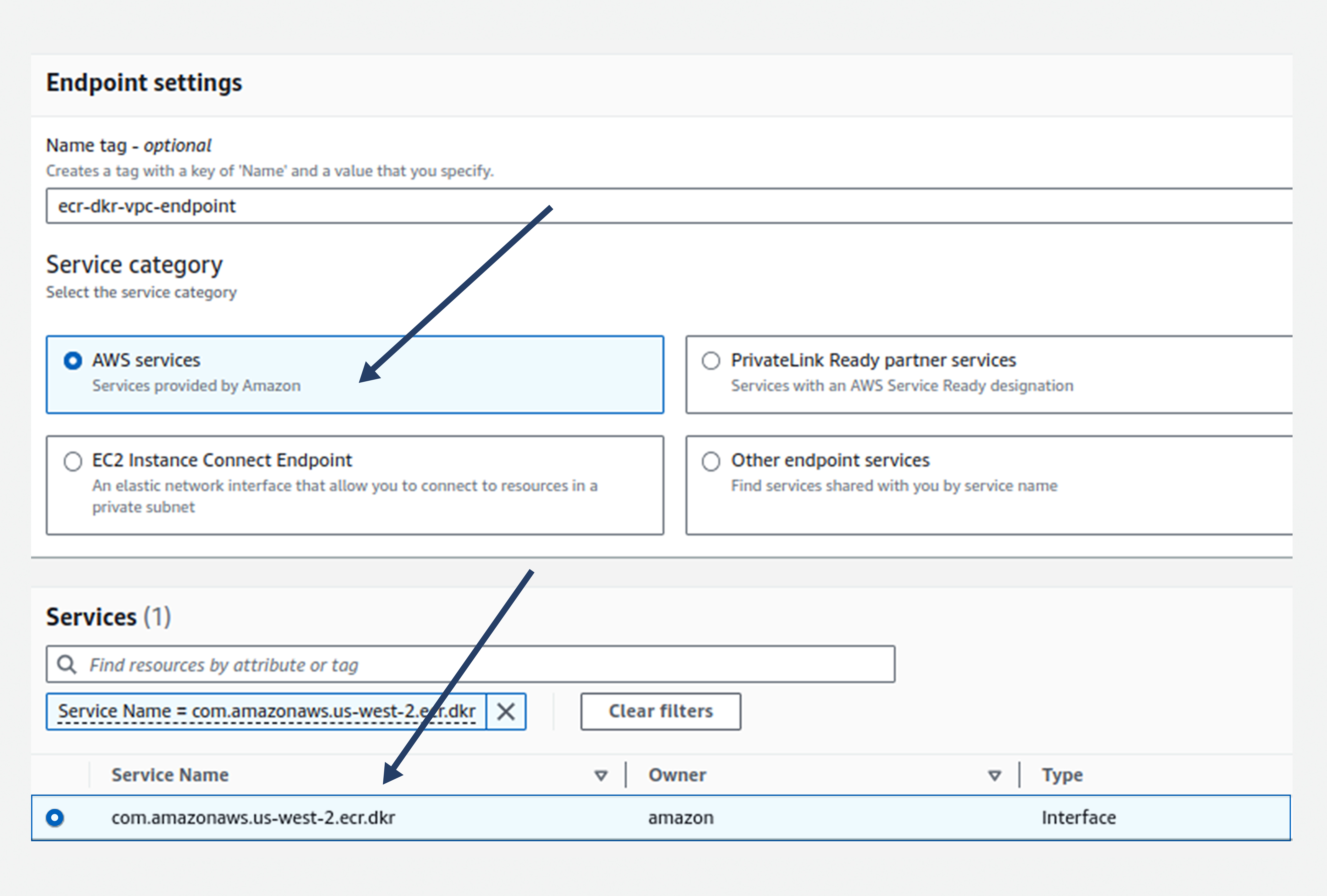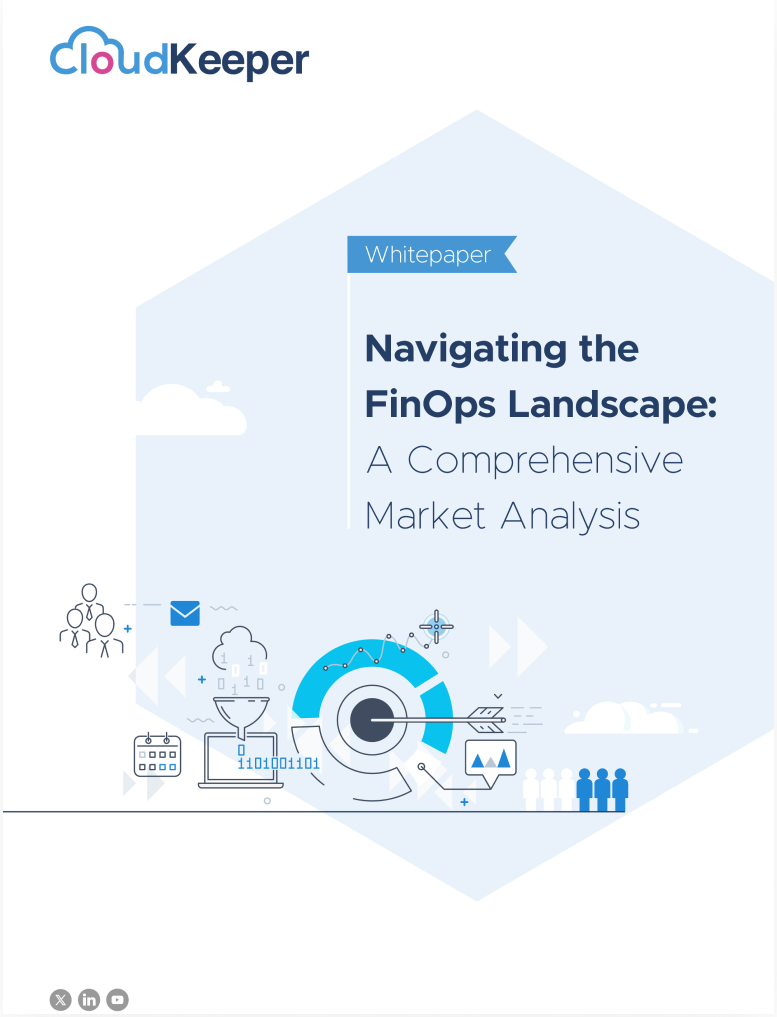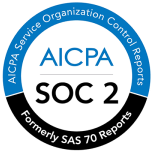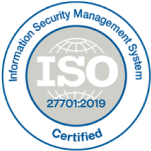Picture this: You're on the cutting edge of application deployment, navigating the fast-paced world of container image management. As you strive for streamlined processes and rock-solid security, Amazon Elastic Container Registry (ECR) emerges as our trusted ally. But hold on, there's an exciting development from Amazon Web Services (AWS) called the VPC Endpoint for Amazon ECR.
In this brief article, we're diving deep into the cost-saving benefits, the configuration magic, and a treasure trove of use cases that will transform how you handle container workflows. Brace yourself for an epic journey of optimization and cost efficiency – all while safeguarding the integrity of your precious content. Are you ready? Let's embark on an exciting journey into the world of VPC Endpoint for ECR, as we explore its benefits.
Problem Statement
Conventional setups often involve Private ECS/EKS tasks pulling container images from private ECR repositories over the internet. This setup has a dependency on NAT gateways for internet access which incurs data processing and data transfer costs, potentially impacting overall operational expenses.
Additionally, it poses security risks and increases the chances of security breaches or unauthorized access to confidential application images. To solve these challenges, using Amazon ECR with VPC Endpoint is the optimal solution.
VPC Endpoints
Think of a VPC endpoint as a virtual device that helps you establish private connections to certain AWS services. It allows your Amazon instances/containers to communicate with these resources without needing public IP addresses. The best part is that the traffic between your VPC and the service stays within the secure Amazon Web Services network and doesn't go over the public internet.
There are 2 types of VPC endpoints:
1. Interface endpoints: These are highly available and scalable components within your Amazon VPC. They enable smooth communication between instances within your VPC and the supported AWS services. You don't have to worry about network traffic availability risks or bandwidth limitations.
2. Gateway endpoints: These are used for services like Amazon S3 and DynamoDB. They provide a secure and scalable path for accessing these services from your VPC, ensuring that the traffic remains within the Amazon network.
In a nutshell, VPC endpoints enable secure and direct connections between your Amazon VPC and supported AWS services.
Understanding Amazon ECR VPC Endpoint
The Amazon ECR VPC Endpoint is a valuable feature that enables a secure and private connection between your VPC and the Amazon ECR service. This connection removes the need for internet gateways, Network Address Translation (NAT) instances/Gateway, or public IP addresses when accessing ECR. By using VPC endpoints, you can ensure that container image traffic remains within your VPC. This has several advantages, including enhanced network performance, reduced exposure to the public internet, and improved security measures.
Let us understand the feature better by implementing a demo deployment of an Amazon ECR Private Link using VPC Endpoints.
Architecture
 Prerequisites
Prerequisites
- In this demo, we will be utilizing the ECS Fargate Cluster. Please ensure that you have an active ECS Fargate Cluster running.
- In your AWS account, you should have an Amazon Elastic Container Registry (ECR) that contains a container image. This image will be pulled by ECS tasks.
- To set up the environment, you need a Virtual Private Cloud (VPC) with DNS resolution and DNS hostnames enabled.
- Additionally, you will require a task definition and an ECS service.
Deployment Steps Amazon ECR VPC endpoints:
-
Security Group Creation:- Create a Security Group that will be attached to all the VPC Endpoints we are going to create in order to allow your VPC's CIDR as Ingress. The security group attached to the VPC endpoint must allow incoming connections on port 443 from the private subnet of the VPC.
- To create a VPC endpoint for ECR, go to the VPC dashboard in the AWS Management Console and click on "VPC Endpoints" in the left panel.

- Click on "Create Endpoint" to begin creating the VPC endpoint for ECR Docker (dkr).
- Provide a name for your endpoint.
- Under "Service Category," select "AWS Services."
- For "Service types," enter " com.amazonaws.<region>.ecr.dkr" Replace <region> with the region you are working in.

- Choose the VPC and subnets where you want to deploy the VPC endpoint.
- Select the security group that was created in step 1. Optionally, you can add tags to the VPC endpoint. Finally, click on "Create Endpoint" to create the endpoint.
- If you are using Amazon ECS tasks hosted on Fargate using Linux platform version 1.4.0, you will need to create an additional VPC endpoint for ECR API.
- Provide a name for your endpoint.
- Under "Service Category," select "AWS Services."
- For "Service types," enter " com.amazonaws.<region>.ecr.api" .
- Rest, follow the same steps 4 & 5 .

- Gateway Endpoint for S3 - In this step, we create a gateway VPC endpoint for Amazon S3 because ECR uses S3 to store container images in layers. When other AWS cloud computing services need to pull images from ECR to build containers, they access both ECR to retrieve the image metadata and S3 to download the actual image layers.
- Provide a name for your endpoint.
- Under "Service Category," select "AWS Services."
- For "Service types," enter " com.amazonaws.us-west-2.s3 " .

- Attach route table to vpc endpoint. Click on Create Endpoint.
- (Optional if you are using Cloudwatch Logs) Finally, we need to create a VPC endpoint for the Logs endpoint to allow your container to log in to CloudWatch. Amazon ECS tasks hosted on Fargate that pull container images from Amazon ECR that also use the AWS logs log driver to send log information to CloudWatch Logs require the CloudWatch Logs VPC endpoint.
- Provide a name for your endpoint.
- Under "Service Category," select "AWS Services."
- For "Service types," enter " com.amazonaws.
ecr.logs " . - Continue following the same steps 4 and 5 for the remaining configurations.
< style="margin: 20px 0 -50px;" img data-src="" src="/cms-assets/s3fs-public/2023-08/image55.jpg" />
Test and Validate: Deploy and test your ECS tasks to ensure they can successfully pull container images from the private ECR repository through the VPC endpoint.
Benefits of using Amazon ECR VPC Endpoint
- Costs Savings on Data Transfer: When using the VPC Endpoint for Amazon ECR, container image traffic remains within your Virtual Private Cloud (VPC). This means that you can avoid data transfer costs that would be incurred if you were transferring the container images over the internet through internet gateways or NAT instances. This is beneficial for large-scale deployments and frequent image pulls/pushes.
- Savings on Public IP Expenses: The ECR VPC Endpoint allows you to access ECR without relying on public IP addresses. This eliminates the need to allocate and manage public IP resources, which can result in cloud cost savings, especially in scenarios where a large number of containers or instances require access to ECR.
- Improved Performance: Utilizing ECR VPC endpoints results in improved efficiency. This leads to lower latency and faster data transfer, which is particularly beneficial for large-scale deployments or bandwidth-intensive workloads.
- Efficient Resource Utilization: By simplifying network configuration and eliminating the need for additional components like proxy servers or VPC peering, the VPC Endpoint reduces the overhead and complexity associated with managing and maintaining these resources. This can result in improved resource utilization and potential cost savings on infrastructure and operational expenses.
- Lower Network Bandwidth Costs: With the ECR VPC Endpoint, you can optimize network bandwidth usage. By bypassing internet gateways or NAT instances, you reduce the data transfer requirements and effectively lower the associated costs. This can be advantageous for high-traffic container image transfers, minimizing network-related expenses.
- Enhanced Security: By using the VPC Endpoint for ECR, you can increase the security of your container images. Removing the need for internet gateways/NAT’s reducing potential attack vectors and reduces exposure to the public internet. Keeping container image traffic within your VPC adds an extra layer of security, guarding against unauthorized access and potential data breaches.
- Simplified Network Configuration: The ECR VPC Endpoint simplifies network configuration by eliminating the need for complex setups like proxy servers or VPC peering. It provides a direct connection to ECR, reducing operational overhead and making container management easier.
Conclusion:
If you find yourself constantly shuffling large monolithic Rails apps in ECR and dealing with the overhead of NAT Gateways, here's a tip: enable the VPC endpoint and watch your savings stack up! By keeping your ECR traffic within the VPC, you'll optimize performance, enhance security, and enjoy significant cost savings. So go ahead, turn on that VPC endpoint and start saving dollars!
Just like Amazon ECR VPC Endpoints offer you multiple benefits including substantial cloud cost savings, there are many other cloud optimization considerations that can help you streamline your cloud performance while saving big bucks. The dedicated FinOps Consulting & Support Services from CloudKeeper helps you enhance your overall cloud efficiency using these techniques, while significantly reducing your cloud expenses. Talk to our experts to learn more.








